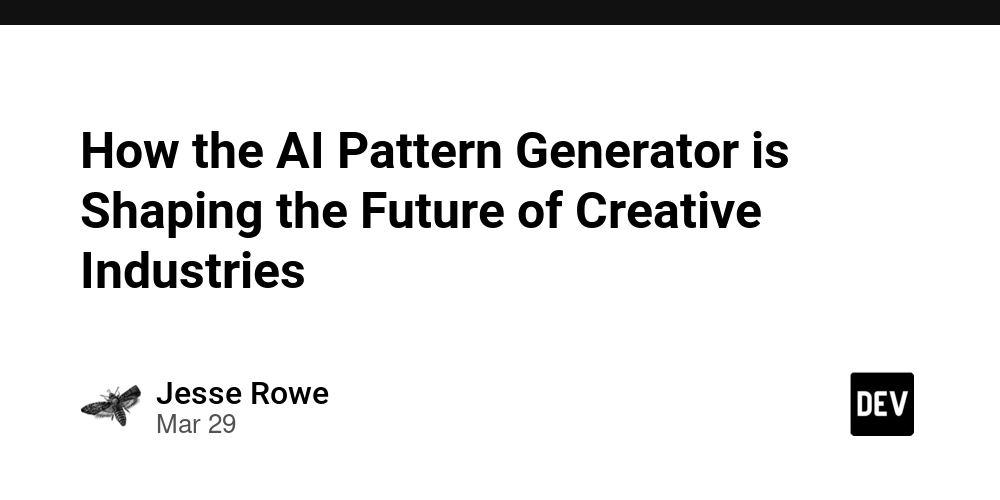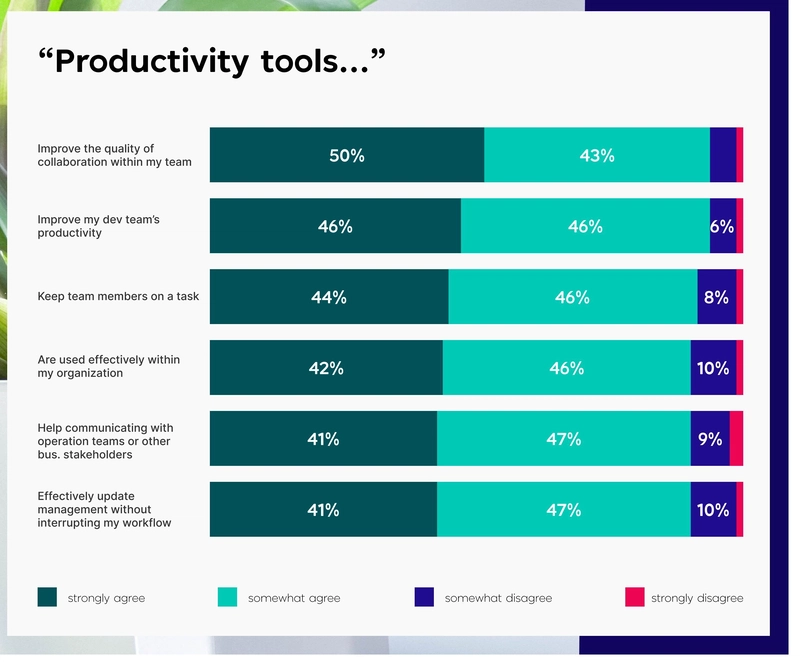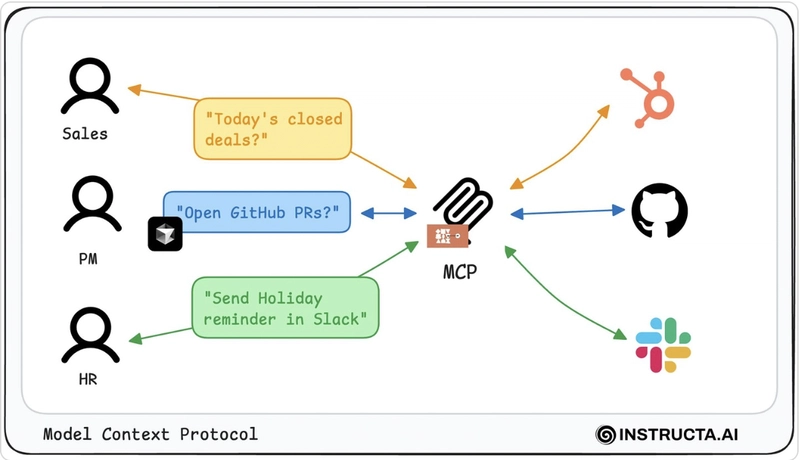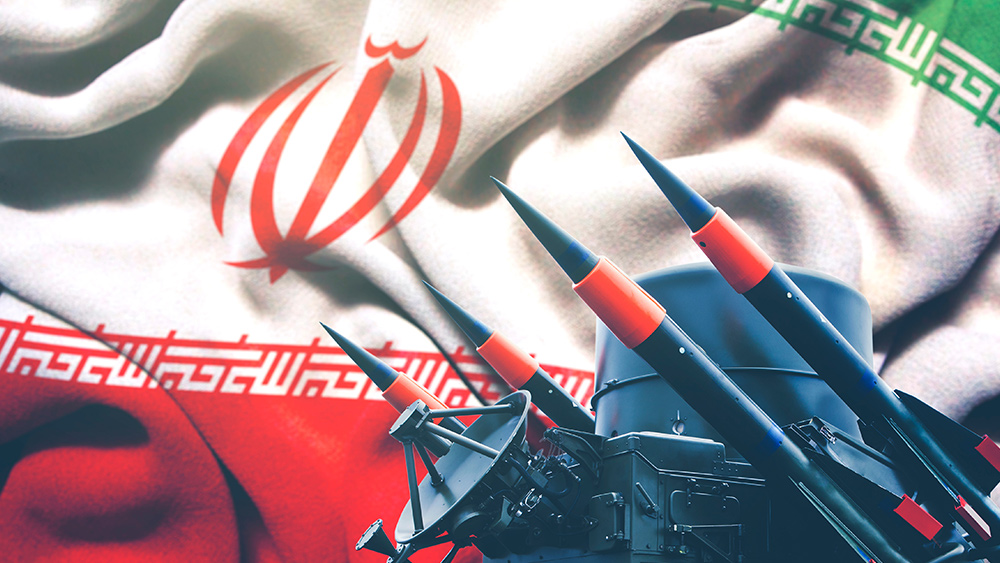How the AI Pattern Generator is Shaping the Future of Creative Industries
As artificial intelligence continues to evolve, one of the most intriguing applications is in the realm of design, particularly with the AI pattern generator. This powerful tool allows designers, artists, and creators to produce patterns effortlessly, with AI algorithms taking over the task of generating complex, high-quality patterns based on data analysis. From textile design to digital art, the AI pattern generator is making a significant impact across multiple creative fields. The Role of AI Pattern Generator in Textile and Fashion Design In the textile industry, fashion designers often seek fresh, innovative patterns for clothing, fabrics, and accessories. Traditionally, pattern creation has been a labor-intensive task requiring immense skill and time. However, with the advent of the AI pattern generator, designers can now streamline their workflows by using AI to create diverse pattern designs in a fraction of the time. These tools analyze existing collections, identify trends, and generate new patterns that are both appealing and on-trend. For example, AI can generate floral patterns, abstract motifs, or even complex geometric designs based on the designer's preferences. By using a AI pattern generator, fashion designers can experiment with a vast range of styles and visual ideas without the need for constant manual effort. This not only saves time but also reduces the cost of production, as designers don't need to rely heavily on sketching and prototyping. Enhancing Digital Media and Graphic Design In the realm of digital media and graphic design, the AI pattern generator plays a crucial role by helping create visually striking backgrounds, textures, and illustrations. Graphic designers can input their preferred parameters, such as color schemes, pattern complexity, and style, and the AI will produce an array of unique designs in real-time. This process drastically reduces the amount of time spent on brainstorming and creating new patterns, allowing designers to focus on the overall composition and message of their work. Moreover, the ability of AI to adapt and learn from input data enables the generator to produce highly customized patterns. For instance, a designer may need a specific texture for a website or mobile app interface; the AI pattern generator can quickly provide a variety of options, helping the designer achieve the perfect look with minimal effort. Innovation in Architectural and Interior Design The AI pattern generator is not only limited to digital art and fashion but has also made its mark in architectural and interior design. Architects can use AI to generate intricate patterns for floor tiles, wall coverings, and facades, which can greatly enhance the visual appeal of a structure. AI tools allow designers to create patterns that complement the surrounding environment, making the design process more efficient and inspiring. By incorporating generative design principles, AI pattern generators help architects experiment with various geometric shapes and arrangements, pushing the boundaries of conventional design. This has led to the development of innovative building materials and patterns that are both functional and visually engaging. Conclusion The emergence of the AI pattern generator has revolutionized the way creative industries approach pattern creation. From fashion and textile design to digital media, architecture, and more, AI has made it possible to produce high-quality, complex patterns in a fraction of the time it would take manually. This innovation has not only increased efficiency but has also opened up new creative possibilities. As AI continues to evolve, the potential for pattern generation in creative industries is vast, promising a future where design is more dynamic, diverse, and accessible than ever before.

As artificial intelligence continues to evolve, one of the most intriguing applications is in the realm of design, particularly with the AI pattern generator. This powerful tool allows designers, artists, and creators to produce patterns effortlessly, with AI algorithms taking over the task of generating complex, high-quality patterns based on data analysis. From textile design to digital art, the AI pattern generator is making a significant impact across multiple creative fields.
The Role of AI Pattern Generator in Textile and Fashion Design
In the textile industry, fashion designers often seek fresh, innovative patterns for clothing, fabrics, and accessories. Traditionally, pattern creation has been a labor-intensive task requiring immense skill and time. However, with the advent of the AI pattern generator, designers can now streamline their workflows by using AI to create diverse pattern designs in a fraction of the time. These tools analyze existing collections, identify trends, and generate new patterns that are both appealing and on-trend.
For example, AI can generate floral patterns, abstract motifs, or even complex geometric designs based on the designer's preferences. By using a AI pattern generator, fashion designers can experiment with a vast range of styles and visual ideas without the need for constant manual effort. This not only saves time but also reduces the cost of production, as designers don't need to rely heavily on sketching and prototyping.
Enhancing Digital Media and Graphic Design
In the realm of digital media and graphic design, the AI pattern generator plays a crucial role by helping create visually striking backgrounds, textures, and illustrations. Graphic designers can input their preferred parameters, such as color schemes, pattern complexity, and style, and the AI will produce an array of unique designs in real-time. This process drastically reduces the amount of time spent on brainstorming and creating new patterns, allowing designers to focus on the overall composition and message of their work.
Moreover, the ability of AI to adapt and learn from input data enables the generator to produce highly customized patterns. For instance, a designer may need a specific texture for a website or mobile app interface; the AI pattern generator can quickly provide a variety of options, helping the designer achieve the perfect look with minimal effort.
Innovation in Architectural and Interior Design
The AI pattern generator is not only limited to digital art and fashion but has also made its mark in architectural and interior design. Architects can use AI to generate intricate patterns for floor tiles, wall coverings, and facades, which can greatly enhance the visual appeal of a structure. AI tools allow designers to create patterns that complement the surrounding environment, making the design process more efficient and inspiring.
By incorporating generative design principles, AI pattern generators help architects experiment with various geometric shapes and arrangements, pushing the boundaries of conventional design. This has led to the development of innovative building materials and patterns that are both functional and visually engaging.
Conclusion
The emergence of the AI pattern generator has revolutionized the way creative industries approach pattern creation. From fashion and textile design to digital media, architecture, and more, AI has made it possible to produce high-quality, complex patterns in a fraction of the time it would take manually. This innovation has not only increased efficiency but has also opened up new creative possibilities. As AI continues to evolve, the potential for pattern generation in creative industries is vast, promising a future where design is more dynamic, diverse, and accessible than ever before.
















































































